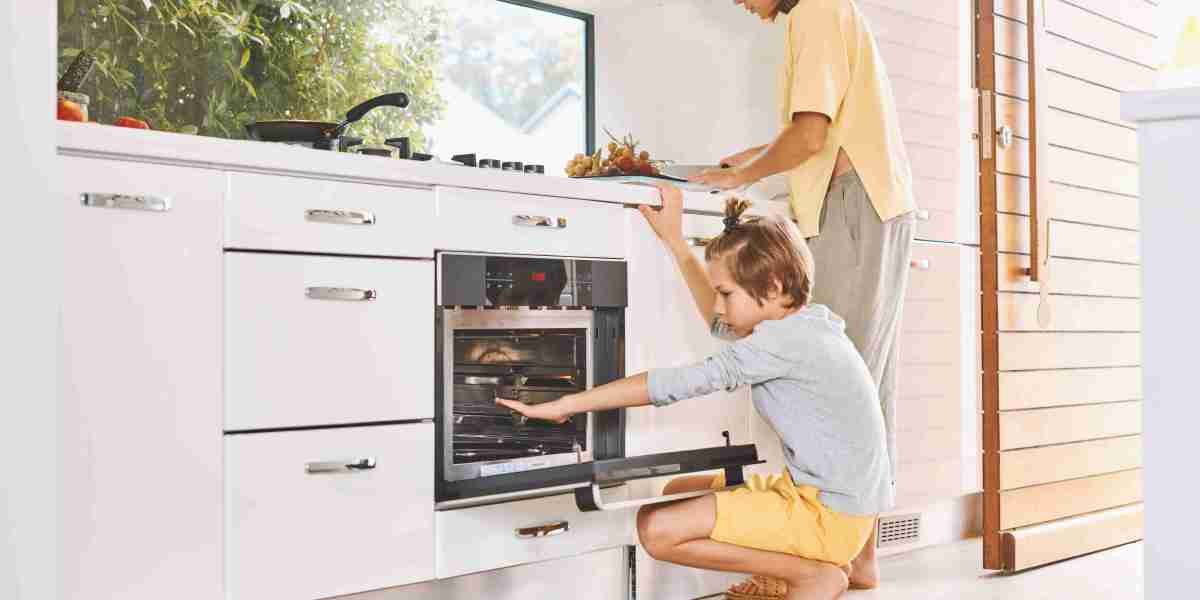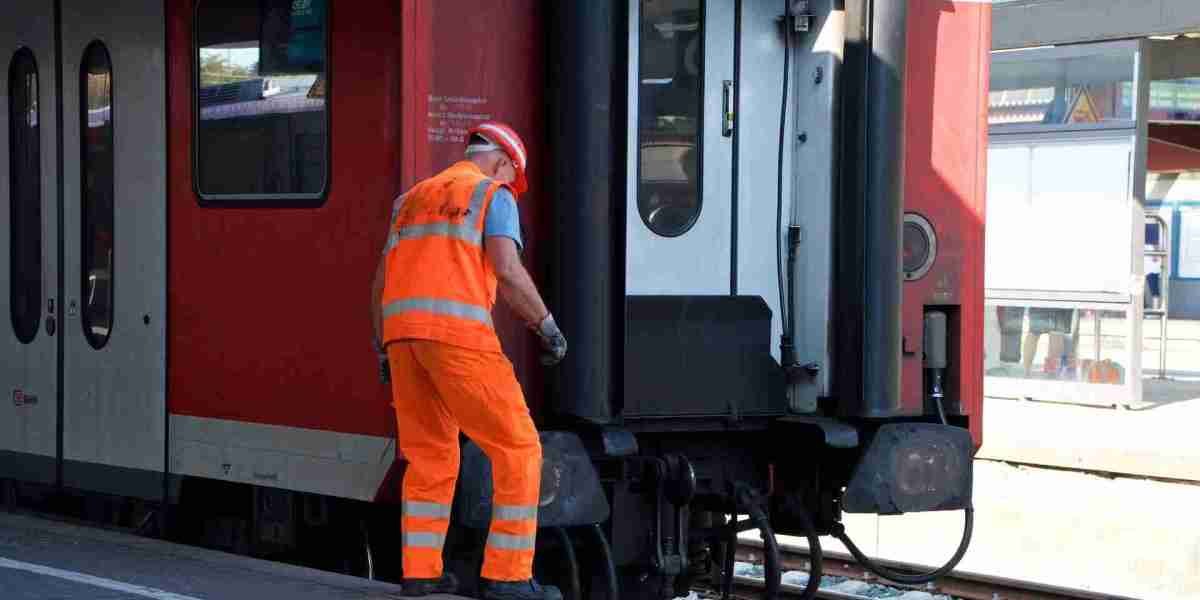
Fitted Ovens and Hobs: An In-Depth Guide to Modern Cooking Appliances
Fitted ovens and hobs have ended up being a staple in contemporary kitchens, combining performance, aesthetic appeals, and ingenious technology. These kitchen appliances are developed to perfectly integrate into kitchen surfaces, supplying the culinary lover with the tools required for efficient meal preparation while maintaining a sleek and orderly look. In this short article, we will check out the different kinds of fitted ovens and hobs, their benefits, factors to think about when choosing them, and responses to often asked concerns.
Understanding Fitted Ovens and Hobs
Fitted ovens and hobs are appliances particularly created to be built into kitchen cabinets or countertops for a seamless look. They can vary substantially in design, size, performance, and functions, which deal with varied cooking requirements and kitchen styles.

Types of Fitted Ovens
- Built-in Ovens: These ovens are installed straight into a wall or kitchen system and be available in numerous setups and sizes.
- Double Ovens: A built-in variation that consists of two different oven compartments, permitting for numerous meals to be prepared at varying temperatures concurrently.
- Mix Ovens: These flexible appliances integrate conventional baking with microwave innovation.
- Steam Ovens: Ovens that use steam for cooking, keeping moisture in food while boosting tastes and nutrients.
- Single Ovens: A basic oven system that is the most typical type utilized in homes.
Types of Hobs
- Gas Hobs: These utilize burner for cooking, offering immediate heat and precise temperature level control.
- Electric Hobs: Powered by electrical power, these hobs often feature smooth surface areas that make them easy to tidy.
- Induction Hobs: Utilizing electro-magnetic energy, induction hobs heat cookware directly rather than the hob surface area, making them energy efficient and a safe option.
- Blended Hobs: These use both gas and electric options, offering flexibility for cooking designs.
Benefits of Fitted Ovens and Hobs
Fitted ovens and hobs provide various advantages that boost the cooking experience:
- Space Efficiency: Designed to fit into kitchen cabinetry, fitted appliances use up less area compared to standalone designs, creating a structured kitchen layout.
- Visual appeals: Fitted designs typically create a more cohesive and aesthetically enticing kitchen style.
- Personalization: Homeowners can select from a range of designs, surfaces, and includes to match their kitchen decor and cooking requirements.
- Boosted Functionality: Many contemporary fitted ovens and hobs boast sophisticated technology, such as clever controls, self-cleaning functions, and precise temperature settings, which simplify cooking.
- Security Features: Many hobs, specifically induction models, have safety features such as vehicle shut-off and child locks, promoting a safer cooking environment.
Elements to Consider When Choosing Fitted Ovens and Hobs
When picking fitted appliances for a kitchen, several elements must be thought about to ensure the best option:
- Cooking Style: Different appliances cater to numerous cooking routines. Home cooks should assess their normal meal preparation methods to discover suitable appliances.
- Space and Layout: Measure the readily available area in the kitchen to make sure that the picked appliances fit neatly without hindering movement.
- Energy Efficiency: Choose appliances with energy-efficient ratings to decrease utility expenses and ecological effect.
- Technology and Features: Consider the wanted functions, such as smart innovation, self-cleaning modes, or particular cooking functions like steam or convection cooking.
- Budget plan: Determine a budget plan before making selections to guarantee that the selected models align with monetary planning.
Table: Comparison of Different Types of Ovens and Hobs
| Appliance Type | Pros | Cons |
|---|---|---|
| Built-in Ovens | Space-saving, personalized style | Setup cost can be high |
| Double Ovens | Prepare numerous dishes at different temperatures | Uses up more space |
| Steam Ovens | Healthy cooking, keeps nutrients | Generally higher expense |
| Gas Hobs | Quick heat control, chosen by chefs | Needs a gas line installation |
| Induction Hobs | Quick cooking, energy-efficient, safe | Requires compatible cookware |
| Electric Hobs | Easy to clean up, stable cooking temperatures | Heating times can be slower |
Often Asked Questions (FAQs)
1. What is the distinction in between a built-in oven and a freestanding oven?
A built-in oven is integrated into kitchen cabinetry for a smooth appearance, while a freestanding oven stands alone and is often more noticeable and accessible.
2. Are induction hobs safe to use?
Yes, induction hobs are considered safe as they just create heat when compatible cookware is put on them, lowering the threat of burns.
3. Can I install a fitted oven myself?
While some people might pick to set up fitted ovens themselves, it is usually advised to employ a professional to make sure appropriate setup and adherence to safety standards.
4. What size of oven is ideal for a small kitchen?
In little kitchens, consider compact or single built-in ovens that fit within the offered space without compromising on cooking functionality.
5. Do fitted ovens and hobs need special upkeep?
Fitted appliances require standard upkeep, such as cleansing and routine checks. However, particular maintenance jobs depend on the type of oven or hob.
In conclusion, fitted ovens and hobs represent the epitome of modern kitchen style and functionality. By comprehending their types, benefits, and considerations, consumers can make informed choices that improve their cooking experiences while fitting flawlessly into their home. Whether creating premium meals or preparing household suppers, fitted ovens And Hobs [www.Ovensandhobs.Uk] are valuable tools in any culinary area.






